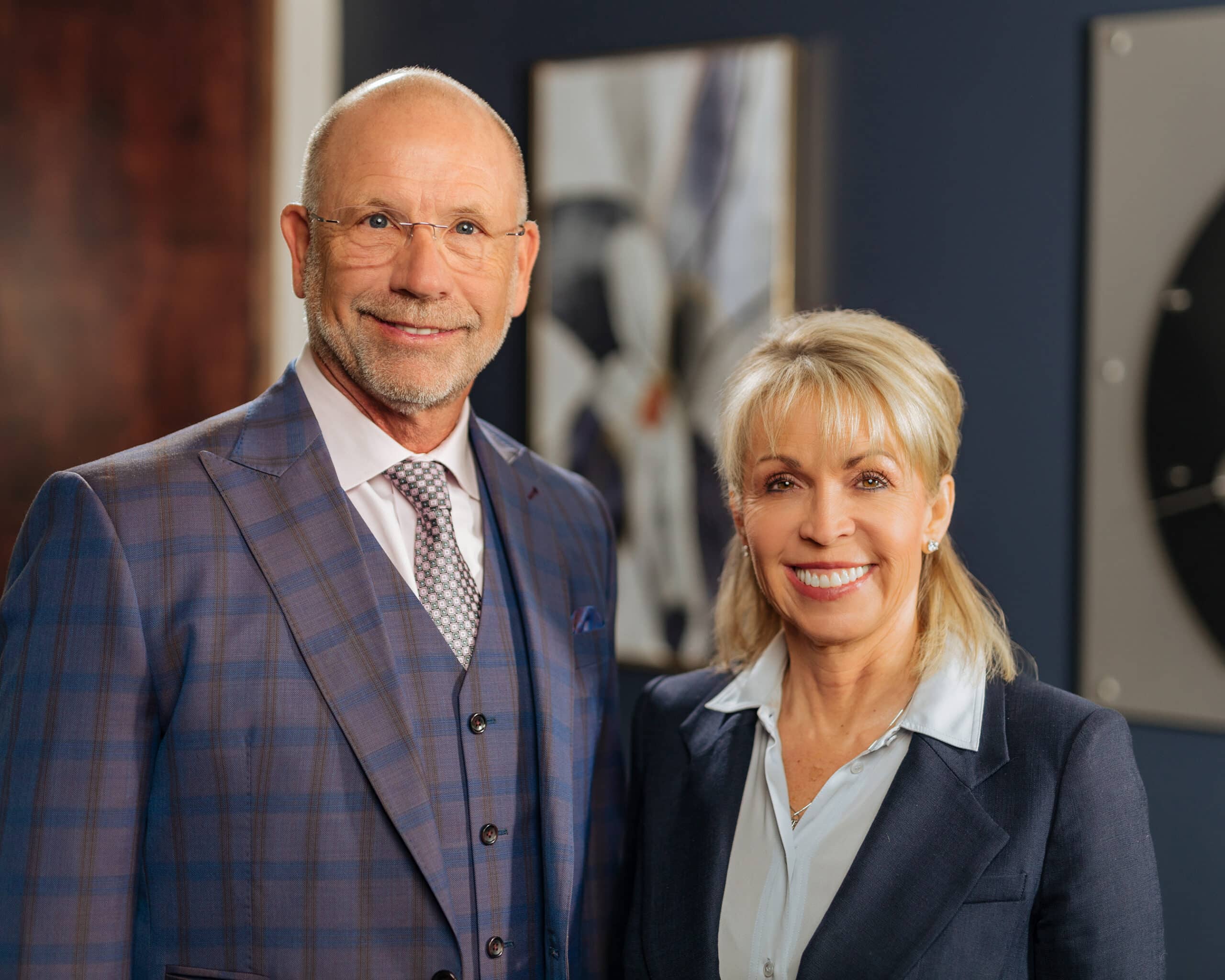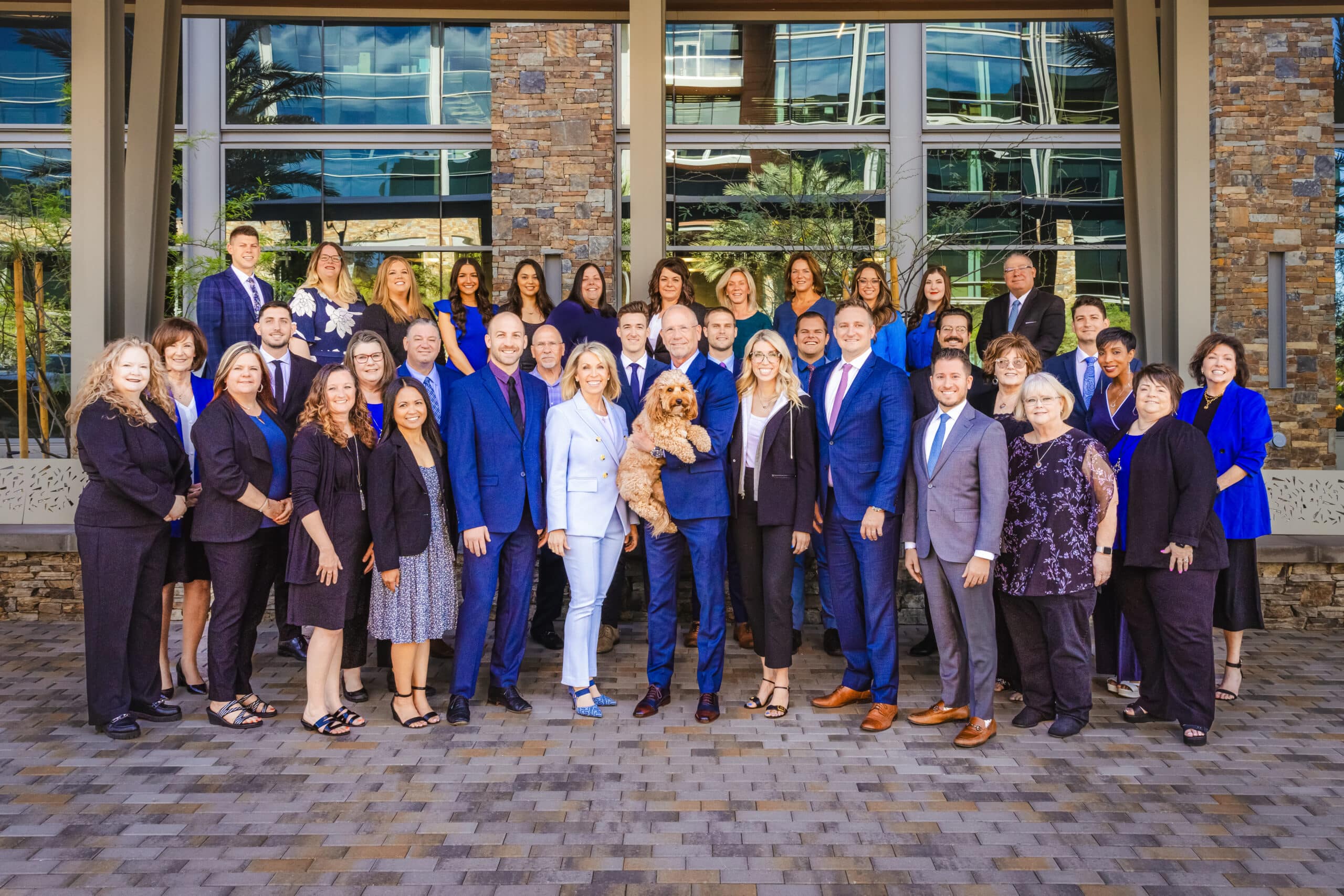Start Young
There are many people who don’t make six figures who can still retire a millionaire if they begin investing at a young age, maximize employer match contributions on their 401(k) and set aside additional money in an IRA. This is especially true if young investors in their 20s and 30s can maintain a modest annual return on their accounts.
Compound growth is an incredibly powerful tool, but it works best over the long haul. It’s far easier to reach your retirement savings goals if you have the wherewithal in your 20s to sacrifice some of your disposable income for retirement.
That doesn’t mean older people who are starting late are in hopeless situations. You should strongly consider speaking with a retirement planning advisor at Fullerton Financial Planning. There may be ways for you to catch up by maxing your 401(k) contributions, tapping your home equity, making full use of tax deductions and more.
The sooner you get started, the better your odds for retiring as a millionaire.
Maximize Your Income While You Can
If you’re like most Americans, you’ve had to work to get where you are. Retiring as a millionaire is a dream that’s likely shared by millions of other workers – but a lot of them won’t make it.
Reaching your goal isn’t just about sacrificing a few creature comforts and vacations – it also means doing more than just enough to make ends meet. Working overtime, climbing the corporate ladder and pursuing wise educational opportunities that enhance your earning potential aren’t easy things to do. They take effort – but it’ll be worth it if you can retire relatively young and healthy with more than a million dollars in your accounts.
Put at Least 15 Percent of Your Gross Income Toward Retirement
The federal government worries a lot about what the average person does with their income, and not just because they want to maximize their tax revenues. The government would prefer not to pick up the tab for retirement when Social Security is already stretched dangerously thin.
Recent analysis of April 2022 spending habits found the average household had a personal saving rate of just 4.4 percent. The personal saving rate is a measure of how much of a household’s disposable income is saved for retirement or a rainy day.
For many households, that rate is nowhere near adequate. Many financial experts encourage households to save 20 percent of their gross income to cover both their retirement savings and a rainy-day fund. The average household is falling far short.
Resist Overindulging
One of the biggest challenges for young adults and even middle-aged workers is resisting the urge to overindulge in the fruits of their labor. Fancy cars, big houses, the latest electronics, expensive furniture and clothes or lavish vacations are all understandably tempting diversions that may be within your reach. Unfortunately, those luxury expenses may stand between you and your retirement savings goal.
Smart budgeting and investing are often the answer. Many families can walk a line between extreme austerity and the high life. You don’t have to forego every material good or exciting experience just to save, but you can also find fulfillment and happiness in moderation and self-control.
Use Your Retirement Accounts Wisely
There’s no rule that you must stick with a single investment plan. Different types of retirement investment accounts have their own caps, and you might benefit from changing the plans you use and your investment strategies as your income and life changes.
For example, 401(k)s have higher caps than traditional IRAs. A young retirement saver (under 50 years of age) can contribute up to $20,500 into their 401(k) per year as of 2022, while an older retirement saver can invest up to $27,000 per year.
Both Roth IRAs and traditional IRAs have a lower cap of just $6,000 for people under 50 and $7,000 for those older than 50.
There’s nothing to stop you from using both options and capping out your contributions each year if you have the income to do so. You also have the option to invest additional funds through a brokerage account or an investment manager, although those funds may be subject to regular income or capital gains taxes depending on how you’re investing.
Should You Pursue an Education or Get a Second Job?
These are tough questions for a lot of people. Getting an education can put you in debt, which means interest and potentially years or decades of student loan payments. If you’re confident a graduate education will result in income growth that exceeds those costs, it may be the right path for you. Alternatively, workers can consider seeking pay increases or promotions, shopping their skills and experience to competitors who will pay them more or finding a second job.
Get Help With Your Retirement Planning in Phoenix
Figuring out exactly how much you need to save to reach millionaire status by retirement age requires some serious number crunching and financial planning. You don’t need to do all the math and strategizing on your own. Fullerton Financial Planning is always ready to help retirement savers develop a plan and reach their goals. Call us at (623) 974-0300 to get started.






